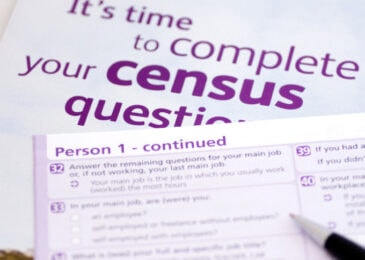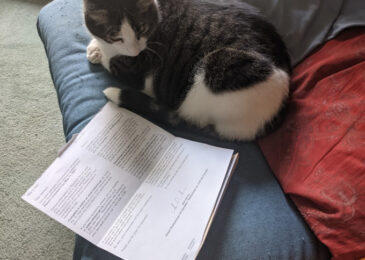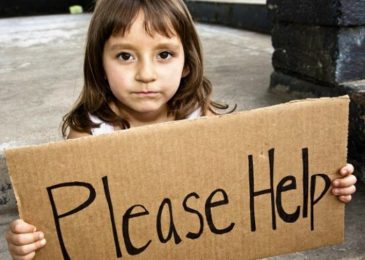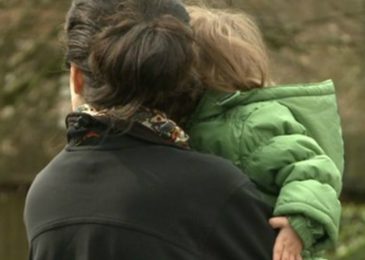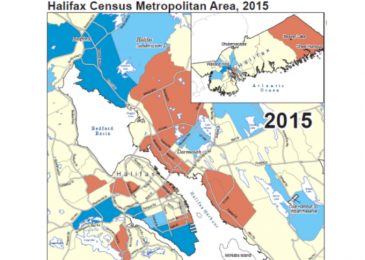“But I’m a citizen” – Disability rights activist calls for changes to census procedure in nursing homes
When Vicky Levack went searching for a census form she assumed missing she discovered Stats Can wants management of the nursing home where she resides to fill out the form on her behalf. “But I’m a citizen,” Levack told the census operator.“You don’t need to worry about it,” they replied.


